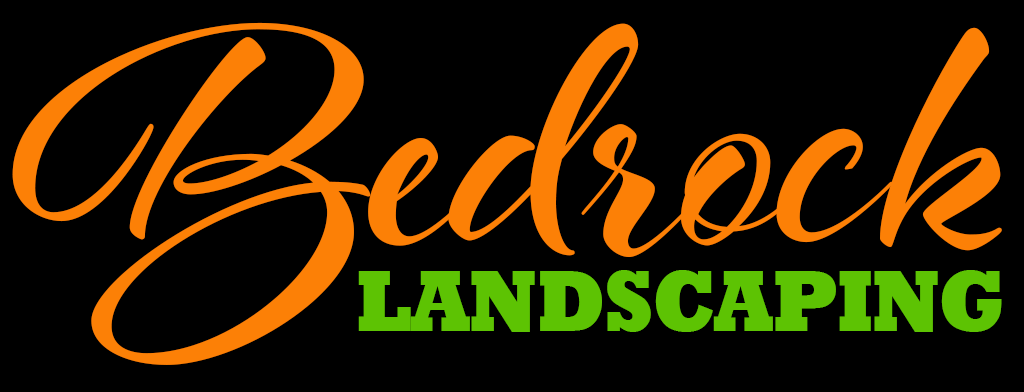
Landscape lighting is a beautiful way to accent your new or existing landscape design. LED systems are now available to lower your cost of operation. Also, these newer LED fixtures use less wattage, so you won’t need a large transformer. Here is a summary of how the system works and what’s involved.
How the Landscape Lighting System Works
Landscape lighting systems are a custom designed string of lights, that run off of a transformer/ timer unit. The transformer unit will convert 110 volts to 12 volts of electricity, and that is what your lights use for power. The transformer unit comes from the manufacturer (UL listed) with a standard 110 volt plug that can be plugged into any standard power outlet. The unit also has a timer feature built in, and most come with a dusk to dawn feature as well.
Lighting Fixtures

Count the number of fixtures and the watts each will use. Total them all together and you will have a total number of watts for all of your lights. Then, make sure you have a transformer unit that has more watts than the total watts your system will use. You will want more room but within reason. For example, let’s say the total number of watts for all of your lights comes to 80. Using a 120-watt transformer is fine. If you will be adding more lights later, then go a little higher.
Lighting Wire
Once you have all of your lights in the areas they will be, outdoor lighting wire is used to trail a path from the last light to the transformer unit. The best way is to avoid unnecessary splices in this power supply wire. The more splices there are in the wire, the more vulnerable the wire becomes to corrosion later on. Corrosion will cause sections of the lighting system to fail. Once the wire is laid out, plug the lights into the supply wire and then turn on the system manually to make sure all the lights are on and working.
Benefits of Hiring a Professional
Although this may seem to be easy to do, there are more details that a professional will know beforehand. The use of landscape lighting is an art, where the light becomes a brush stroke, and an empty wall becomes the canvas. There are many methods to working with lights. A great artist works with the lights, not the fixtures. A good rule to follow is “Less is More.” You don’t want an airport in your yard. So, planning before you begin is something every professional will do to ensure that every dollar spent is spent wisely.

